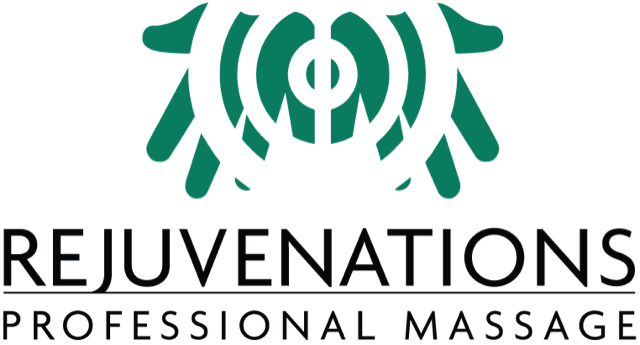The practice of Cupping has been around for centuries. It’s often used by acupuncturists and associated with Traditional Chinese Medicine. But evidence of Cupping has also been seen in Egyptian hieroglyphic records. And in ancient Greece, even Hippocrates was an advocate of the benefits derived from Cupping. He recommended the use of cups for a variety of ailments and often chastised other physicians who did not use Cupping for healing.
If you’ve ever received a traditional Swedish massage, you’ll notice that we typically apply a downward pressure into your muscles and tissue. By creating suction with the cups, Cupping actually pulls your tissue upward. This upward flow loosens adhesions, lifts connective tissue and drains excess fluids and toxins from the area. In doing so it allows fresh blood to flow into the underlying area to promote healing.
You may recall seeing photos of athletes at the 2016 Summer Olympics. Remember Michael Phelps with the dark spots on his shoulders? Those are the telltale marks of Cupping! Please don’t be alarmed- they’re NOT bruises. That’s old blood, toxins and sticky fluids that have been pulled toward the surface of the skin to be processed out through the lymphatic system. When those toxins get stuck in the deep layers of tissue they can create pain, decrease flexibility and increase inflammation. They’re real troublemakers! And that’s why I really like to see those marks after a cupping treatment. They’re visual proof that we’ve cleared up some of the stagnation and provided a path for fresh blood to come into the area and promote healing. With subsequent treatments these marks occur less and less.
I’m often asked if Cupping hurts. No, it doesn’t have to be painful, and it shouldn’t be. I don’t subscribe to the “no pain, no gain” motto. If anything, the cups may feel a little tight when they’re first applied to your skin. But I can always adjust the level of suction to your comfort level. And I use a good amount of oil when applying the cups which helps form a nice seal. The oil also helps give the cups a nice glide across your skin. Yes, I may move the cups. There are many methods to Cupping. I mainly use a combination of Stationary cupping, Biomagnetic Cupping and Gliding Cupping techniques during treatment. All that means is sometimes I move the cups, sometimes I put the cups in specific spots and leave them, and sometimes I use magnets inside the cups. It all depends on what your body is telling me it needs.
So what kinds of conditions can be treated with Cupping? Well, it would take a long time to list them all! So I’ll just list a few: tennis elbow, shoulder injuries, IT Band syndrome, Sciatica, low back pain, plantar fasciitis, shin splints, hip conditions, compartment syndrome, and neck pain. Just about anything you would treat with massage, you can also treat with Cupping. Additionally Cupping can be used to aid digestion, facial rejuvenation and respiratory functions. And the benefits of Cupping include pain relief and stiffness, an increased range of motion, and improved circulation. It also helps reduce inflammation, softens muscle tissue and fascia and promotes a deep feeling of relief and relaxation. Ahhhhhh!!!!
Not sure if you should try Cupping? Call the office at (603) 775-7855. I’m happy to speak with you and answer your questions. I believe in the therapeutic benefits of Cupping so much that I even cup myself. I look forward to seeing you soon!
Kelly Deorge, LMT

